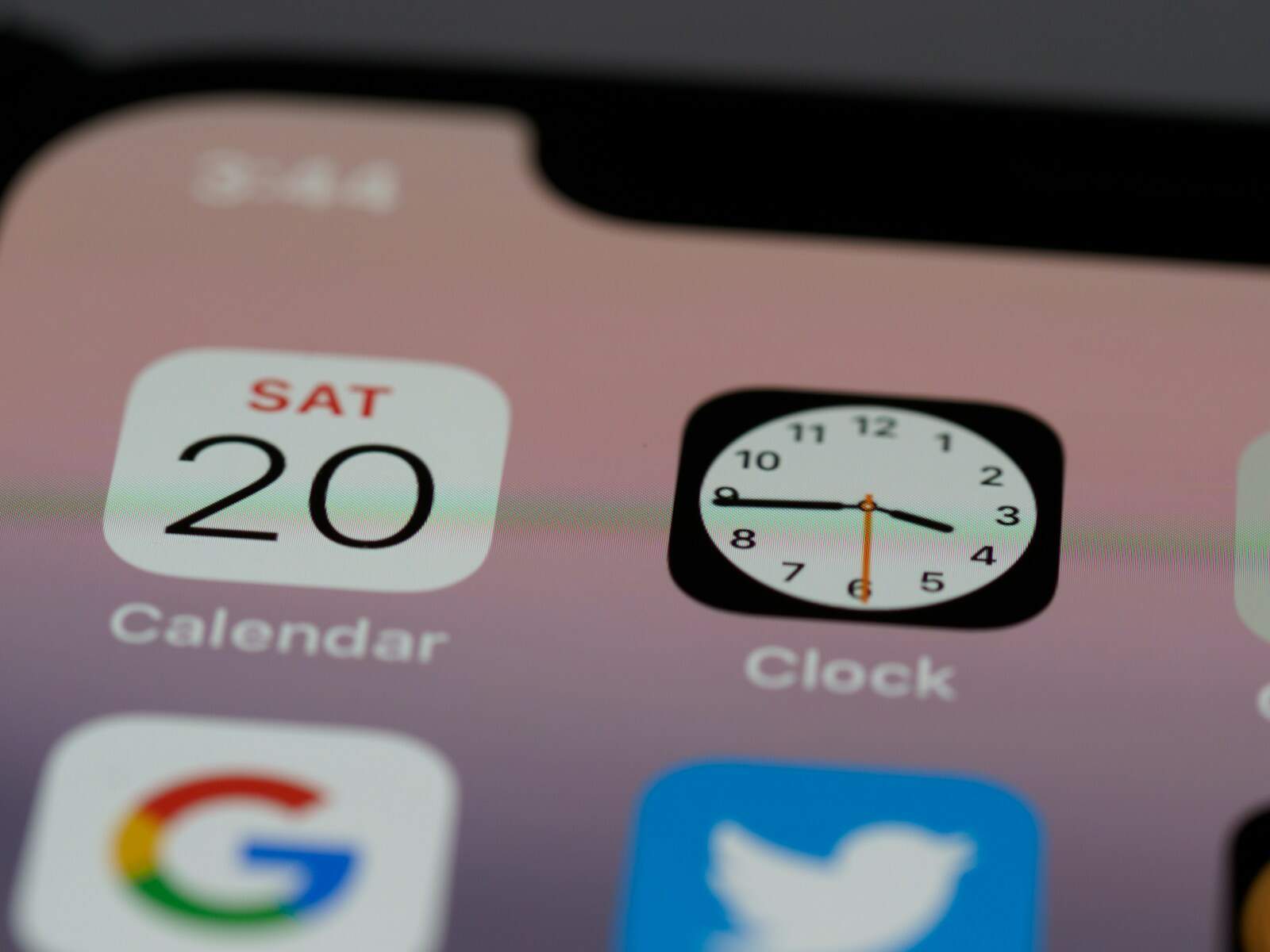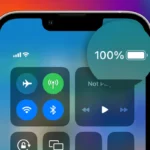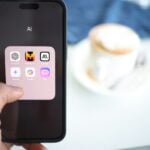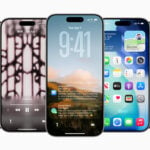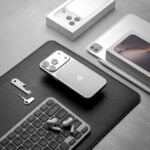With iOS 26, Apple is doing more than releasing another annual update—it’s laying the foundation for a new era of iPhone design and interaction. At the center of this transformation is the debut of the “Liquid Glass” interface, a bold rethinking of iOS aesthetics that blends futuristic visuals with functional clarity. Announced during WWDC 2025, Liquid Glass isn’t just a UI overhaul—it’s a design philosophy that foreshadows what’s to come for Apple’s highly anticipated 20th anniversary iPhone, expected in 2027.
Liquid Glass introduces a dynamic, transparent visual style that gives menus, toolbars, and notifications a polished, fluid appearance. Drawing inspiration from Apple’s visionOS, this UI update unifies the look and feel across the Apple ecosystem—from iPhones and iPads to Macs and even CarPlay. Toolbars float, layers glide, and context-aware translucency makes interacting with your device feel more intuitive and immersive than ever before.
But Liquid Glass is more than skin deep. Behind the design is Apple’s new “Solarium” interface language, a system-wide architecture that combines spatial navigation, layered depth effects, and ambient responsiveness. Whether it’s the new Control Center, redesigned system apps like Safari and Messages, or the upgraded Settings app, every corner of iOS 26 has been refined to fit this vision of seamless, adaptive interaction.
Importantly, this evolution is aimed squarely at Apple’s future hardware. Internally codenamed “Glasswing,” the 2027 iPhone is rumored to feature curved glass wrapping around the edges, no front-facing cutout, and under-display Face ID—technologies that Liquid Glass is purpose-built to support. In this sense, iOS 26 acts as a preview of where Apple is headed: toward a truly edge-to-edge, hardware-blended interface experience.
Community reactions have ranged from enthusiastic to cautiously skeptical, with some users dubbing this the “beta glass era”—an early glimpse into the all-glass devices Apple is working toward. And while AI is playing a quiet supporting role this year, Apple’s focus for iOS 26 is clearly about aesthetic coherence, cross-device harmony, and preparing users for what could be the most radical iPhone ever launched.
What’s New in iOS 26’s Interface?
- Liquid Glass UI: Transparent panes and floating UI elements create depth and visual continuity across apps and settings.
- Dynamic Material Effects: System buttons, cards, and menus adapt with glass-like shimmer and reflection based on ambient light and screen content.
- Solarium Design Language: Shared across iOS, macOS, iPadOS, and visionOS to provide consistent behavior and styling between devices.
- Redesigned Control Center: Modular, widget-based layout with deeper customization, transparency, and app shortcuts.
- New App Experiences: Updates to Phone, Safari, Messages, Camera, and Settings embrace the Liquid Glass aesthetic while improving layout and discoverability.
Liquid Glass in the Settings App
The Settings app has been fully reimagined in iOS 26 to showcase the new design. Sections like Battery, Privacy, and Accessibility now float within semi-transparent windows, with layered groupings and smoother transitions. A new ambient blur effect dynamically adjusts as users scroll, making the UI feel responsive and alive.
Quick settings such as Wi-Fi, Bluetooth, and Airplane Mode remain at the top but now exist in a floating header that visually detaches from the content below. Search is faster, more accurate, and now enhanced with AI-powered recommendations based on user habits.
Redesigned Core Apps
Apple’s native apps are being progressively updated to match the Liquid Glass paradigm. The Phone app merges Recents, Voicemail, and Contacts into a sleek, scrollable card interface. Safari features a rounded, semi-transparent address bar that adapts to webpage color palettes. Messages introduces synchronized chat themes and in-line polls, while Camera receives a flatter UI with dynamic overlays for controls based on context (e.g., zoom level, subject detection).
Designed for the Future: The 20th Anniversary iPhone
Internally referred to as “Glasswing,” Apple’s 2027 anniversary iPhone will be the first to fully realize the Liquid Glass vision. With curved glass edges, no visible borders, and under-display Face ID and camera tech, the hardware will appear as one seamless screen—built to match the UI rather than the other way around.
Apple’s shift in visual philosophy mirrors its move from skeuomorphism to flat design years ago, but Liquid Glass is about spatial realism rather than metaphor. With the growing role of spatial computing, iOS 26 is the bridge between traditional touch and future augmented interaction.
Frequently Asked Questions
What is the Liquid Glass interface in iOS 26?
Liquid Glass is a new visual design framework that brings translucent surfaces, fluid animations, and depth effects to iOS. It’s inspired by visionOS and paves the way for Apple’s 2027 anniversary iPhone, which will have a glass-bodied design.
Will my current iPhone support the new design?
Yes, but with limitations. Most devices from iPhone 15 and newer will receive the core Liquid Glass interface elements, though older devices may have simplified versions due to hardware constraints.
Can I customize Liquid Glass elements?
To a degree. Users can enable high-contrast mode, reduce transparency, and choose from dynamic themes in Settings > Display. Full customization is still limited, but Control Center and widgets are now more modular than ever.
When will iOS 26 launch?
iOS 26 will be announced at WWDC on June 10, 2025, with a public beta expected shortly after and a full release scheduled for September alongside the iPhone 17 lineup.
Is this just a visual update?
No. While the visual overhaul is front-and-center, iOS 26 also includes AI enhancements, a revamped Notification system, and new productivity tools like the Preview app for PDFs and screenshots. It’s a design update with real functional depth.

